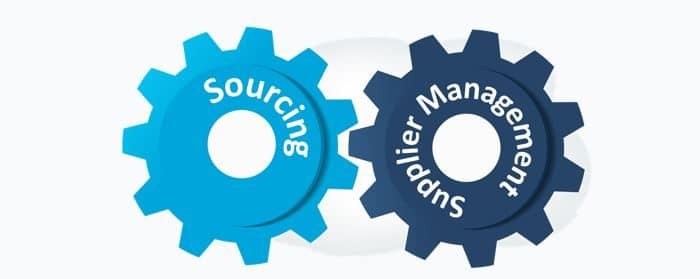What do the best Supplier Managers get right?
A 2019 supplier management benchmarking study conducted by ADR International investigated how best practice organizations achieved higher value from vendor relationships.
We found that while most Procurement and Supply teams work hard to manage performance, best practice exemplars of supplier management focus on the conditions that allow their suppliers to excel. These four principles were demonstrated by world class practitioners of supplier management.
Principle 1: Sequence Category Management before Supplier Management
Before we start to tier / segment / classify suppliers, we must have a category strategy. The category strategy is a long-term vision of how interventions in groups of spend will support the triple bottom line of people, profit and planet. A category view assesses cost, market conditions and customer needs before deciding on the optimal sourcing, contracting and relationship strategies.
Principle 2: Make listening to suppliers – individually and collectively – a good habit
Listening with intent is a good habit for any business professional. Fostering this among Supplier Managers, Stakeholders and Procurement demonstrates to suppliers that we care about helping them meet their business goals.
Best in class supplier managers create opportunities to listen. Regular calls, dedicated time to brainstorm improvement, collecting feedback, discussing trends and surveying the supply base. Listening…
- Is courteous, encourages contribution and problem solving
- Ensures that the buy-side team adopts a common style towards a supplier
- Helps us navigate the market to our advantage through supplier insight
Principle 3: Use the customer’s needs as the basis for behaviour and reward for suppliers
Organizations that start strategy planning with the end customer’s needs focus on what is important. We demonstrate to the supplier what really matters through performance measures. If we have the mechanisms, we can reinforce this through our approach to reward and compensation.
Reward must match the behavioural style chosen for the relationship. Best practice supplier managers choose a relationship style (often in collaboration with suppliers) that matches their relationship objectives in terms of cost, quality, sustainability and customer value.
Principle 4: Guarantee success – because everyone likes to win
You know the difficulty with putting Procurement people and Sales people in the same room? They both like to win. This can also be a benefit, when it is a cross-company team. Allow, enable and encourage teams to win through small or major project initiatives. Those organizations that recognize that people like being on the winning team are the best at finding joint wins.
Conclusion
To drive value from supplier management, best practice organizations apply these principles daily. They succeed most when suppliers and stakeholders tell their peers the great outcomes they have experienced. Supplier management is best driven by great role modelling and positive behaviours rather than a systems-imposed solution.







.png) 1. Strategy development
1. Strategy development

